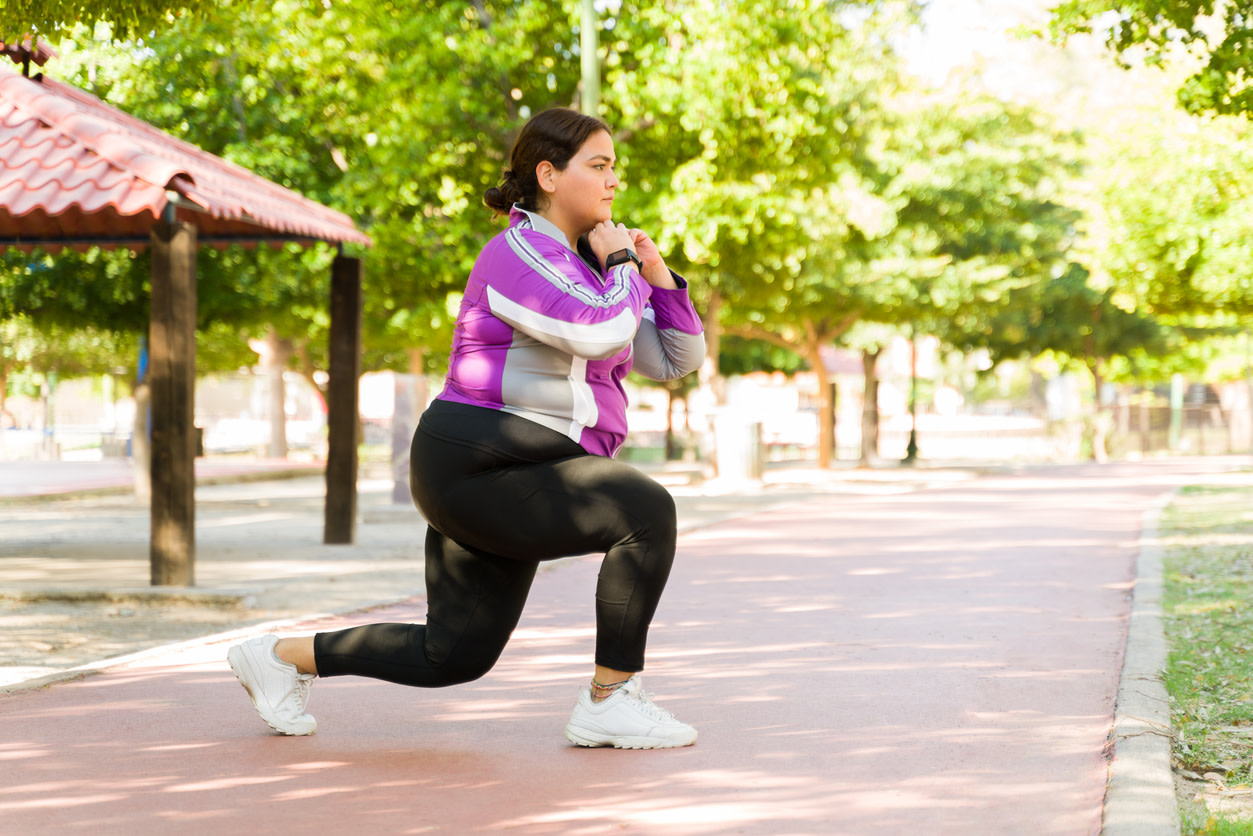Flexores de cadera tensos: causas, tratamiento y ejercicios para ayudar a abrir las caderas
¿Tienes los flexores de la cadera tensos? Aprende qué las causa y qué ejercicios pueden ayudarte a abrir las caderas, recomendados por fisioterapeutas.
$0 costo para usted
Última actualización: May 7, 2025
El índice
Fully covered hip pain relief
Find relief from hip pain, buttock pain, hip tendonitis, & more.
Check if I'm eligible- Flexor de cadera
- Concha de almeja
- Estocadas
- Las estocadas laterales
- Extensión de cadera de pie
